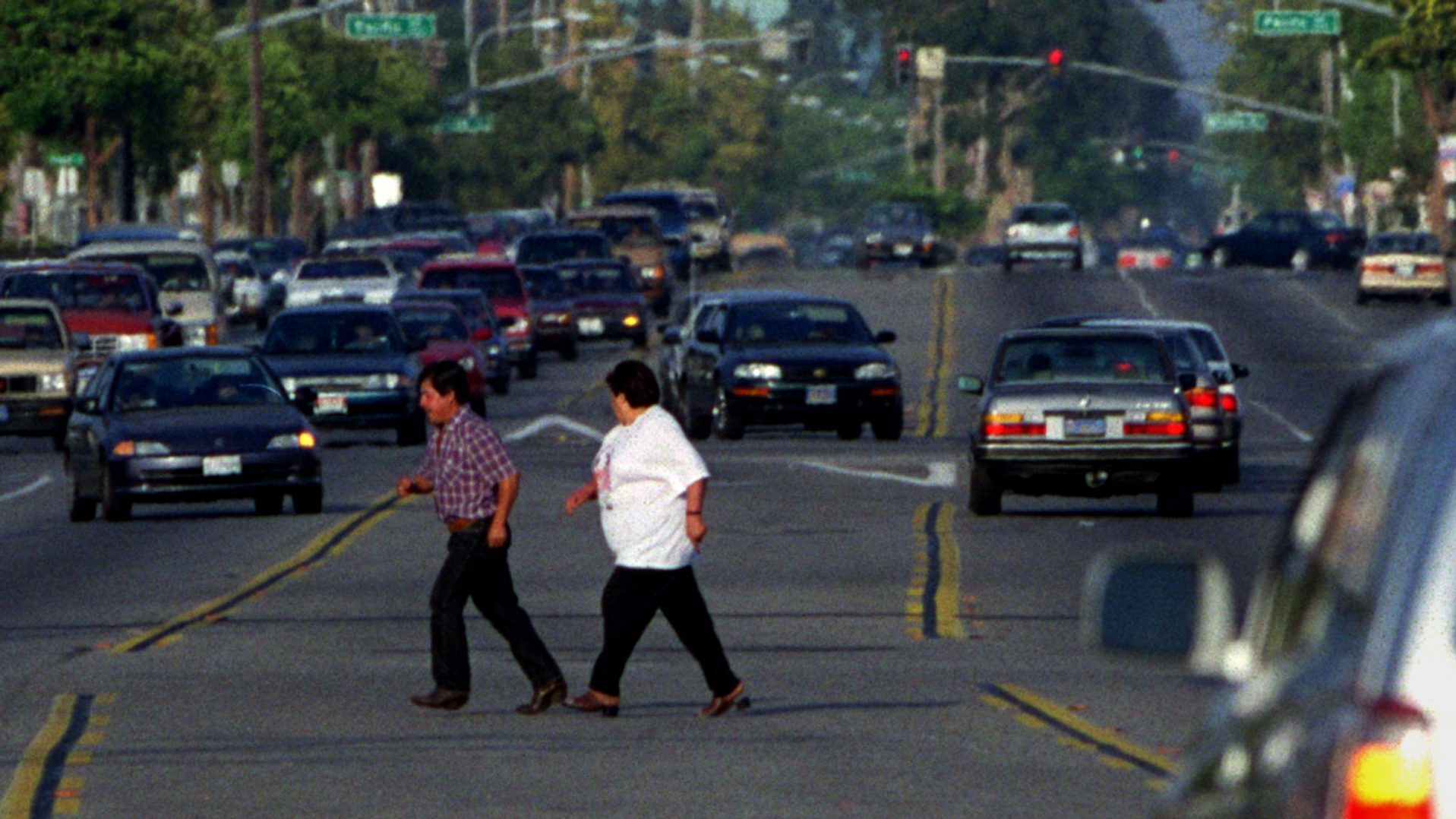

The National Highway Traffic Safety Administration released its 2016 traffic fatality figures last October, with a trend showing increased road deaths emerging from the statistics. It reported 5,987 deaths as a result of pedestrians being hit by vehicles in 2016, the single worst year since 1990. That could be because of the design of SUVs and crossover SUVs, according to a new report from the Insurance Institute for Highway Safety.
Location, road type, and time of day are listed as contributing factors to fatal collisions, but the single greatest statistical hike comes from pedestrian versus SUV matchups: 81 percent. The IIHS partially attributes this to the taller profiles of SUVs and SUV-like crossover vehicles, which have swarmed the market in recent years, dominating sales. Hood height of these vehicles, greater than that of sedans, increases the chance of chest or head injury, which are more likely to result in fatal injuries.
In 2009, statistics showed a lower rate of fatal accidents involving pedestrians than any other year in history at 4,092. However, 2016 statistics climbed by 1,895 over 2009’s all-time low, a 46.3 percent increase over a period of only seven years.
High-horsepower vehicles showed correlation with greater accident rates, but taking into consideration the often-greater curb weight of SUVs, automakers tend to fit them with more powerful engines.
Increased vehicle weight typically correlates with longer stopping distances, and taller ride height with dampened perceptions of speed, though neither factor was cited by the IIHS.
Crossover and SUV demand is strong enough to pull struggling automakers like Mitsubishi back from the brink, but at what cost will it come to American pedestrians? Or vehicle buyers, who suffer from soaring new car prices?
The NHTSA has not yet released its accident figures for the year of 2017, but when it does, come back to read The Drive‘s analysis. We can only hope the upward fatality trend reverses itself.